Goldman Sachs reports 65% chance that U.S. will intervene in Iran—and says OPEC will be key buffer in oil volatility
Goldman Sachs said markets are estimating a 65% likelihood of the U.S. intervening in the Middle East, though added there's a 50% chance of a deal being reached this year.

- Rising tensions between the U.S., Iran, and Israel have fueled speculation about possible U.S. military intervention, with Goldman Sachs reporting a 65% chance of action against Iran by July, leading to increased oil price volatility and shipping costs, especially around the critical Strait of Hormuz. However, OPEC+’s substantial spare capacity is seen as a key buffer against major supply disruptions, while the surge in oil prices has also strengthened the U.S. dollar amid global uncertainty.
Questions are continuing to mount about how far tensions in the Middle East will spiral, with President Trump refusing to rule out U.S. intervention between Israel and Iran.
Indeed, the rhetoric out of the White House is stoking theories that America may take military action in the Middle East, with Goldman Sachs now placing the probability as more likely than not.
Overnight White House Press Secretary Karoline Leavitt suggested the Oval Office will take a view in the coming fortnight, relaying to reporters a direct message from the president: “Based on the fact that there’s a substantial chance of negotiations that may or may not take place with Iran in the near future, I will make my decision whether or not to go within the next two weeks.”
President Trump has kept spectators largely in the dark about his intentions, saying Wednesday “I may do it … I may not. I mean, nobody knows what I’m going to do.”
In a note Wednesday—published by Goldman ahead of Leavitt’s announcement yesterday—commodities researchers Daan Struyven, Ephraim Sutherland and Yulia Zhestkova Grigsby wrote there is a 65% of U.S. military action against Iran by July, citing a Polymarket survey.
That being said, the analysts left the chances of a U.S.-Iran deal this year at 50%.
As a result, the trio write “the term structure of implied volatility, and call skew suggest that oil markets believe that much higher prices are likely in the next few months, but see limited changes to the long term outlook.”
The note seen by Fortune adds: “Our global indices of oil shipping rates have increased over the past week as increased risks have lifted rates for Middle Eastern routes.”
Per Goldman’s research, the rate in U.S. dollars per barrel increased in the recent-term from $4.5 to $5.5 for clean stock and approximately $2.8 to $3.1 for dirty.
The projected volatility in Middle Eastern shipping costs comes down to the Strait of Hormuz, located on the southern border of Iran. The oil flow through the strait accounts for about 20% of global petroleum liquids consumption, writes the U.S. Energy Information Administration.
Iran has—in the past—threatened to close the strait in a bid to curb Western intervention into its affairs, with reports already emerging about shipping companies avoiding the waters.
This, in turn, has ramifications for costs given the lag in delivery times and the use of less efficient routes.
Trump’s threatened intervention into Iran has gone as far as saying he knows where the nation’s supreme leader, Ayatollah Ali Khamenei, is hiding. Trump posted on Truth Social on Tuesday: “He is an easy target, but is safe there. We are not going to take him out (kill!), at least not for now.”
However the conflict plays out, strategists at Macquarie expect oil prices to continue to shift over the coming weeks, writing in a note earlier this week seen by Fortune: “We expect oil prices to remain volatile with an upward trend for the next few weeks as both Iran and Israel maintain their military intensity.
“Regardless of military or diplomatic progress, we expect Brent to rally towards the low $80 level before hitting a plateau as the perceived risk of actual oil supply disruption becomes largely discounted.”
OPEC buffer
Goldman also said OPEC+ could provide a much-needed buffer amid the volatility, undoing some of the cuts it has announced previously.
Reports have already surfaced that OPEC+ is considering a large production increase, with members considering potentially increasing output of 411,000 barrels a day (bpd) in July.
“While the exact magnitude is uncertain, we believe that above-average global spare capacity (worth around 4-5% of global demand) is the key buffer to Iran-only disruptions via larger-than-otherwise unwinds of OPEC+ production cuts,” added the Goldman analysts.
Already the volatility has lit a fire under the U.S. dollar, which has been caught in a tug-of-war between better-than-expected inflation expectations and a flee to safety amid rising geopolitical tensions.
As Antonio Ruggiero, senior FX and macro strategist at Convera wrote in a note to Fortune yesterday: “Behind the façade of safe-haven appeal lies the true driver of the dollar’s rebound: rising oil prices, now hovering near a five-month high.
“Since most global oil trades are settled in U.S. dollars, surging crude demand tends to drive additional demand for USD. This rebound in sentiment is also reflected in the options market, where—for the first time since April—traders have backed off from bearish dollar positions.”
This story was originally featured on Fortune.com




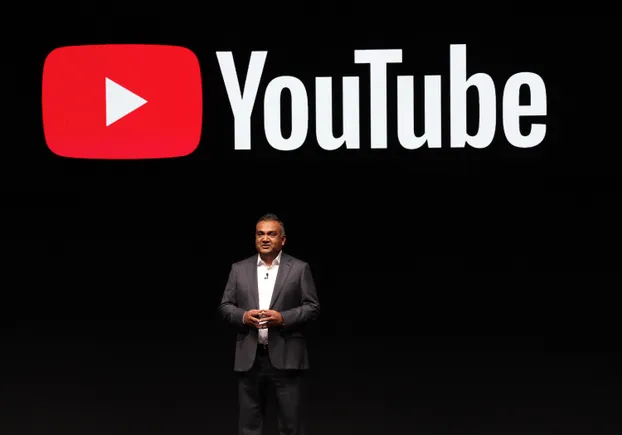
![The Largest Communities on Reddit [Infographic]](https://imgproxy.divecdn.com/vfTS-YsC_ZrqM6F4tAXJgV6qj3gCHSsf2dvHufDbrrQ/g:ce/rs:fit:770:435/Z3M6Ly9kaXZlc2l0ZS1zdG9yYWdlL2RpdmVpbWFnZS9sYXJnZXN0X3JlZGRpdF9jb21tdW5pdGllczIucG5n.webp)


















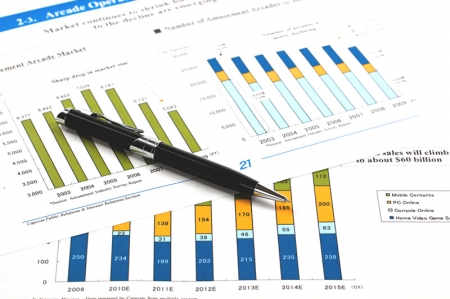






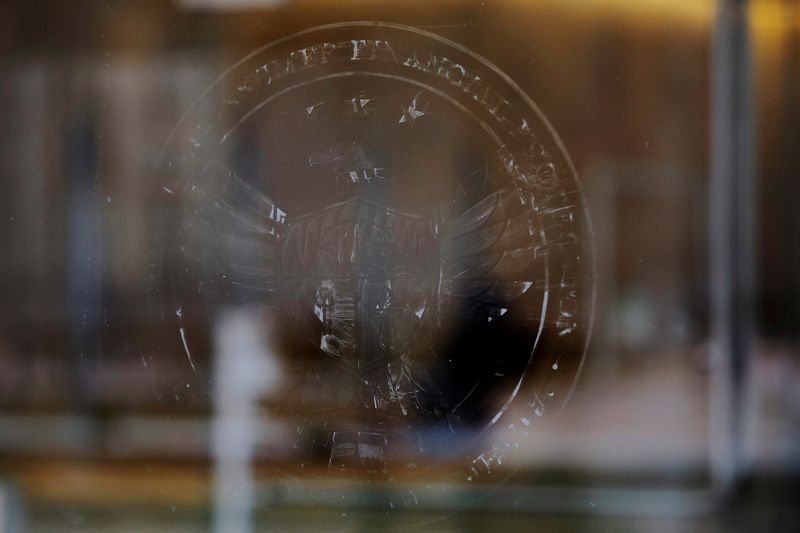

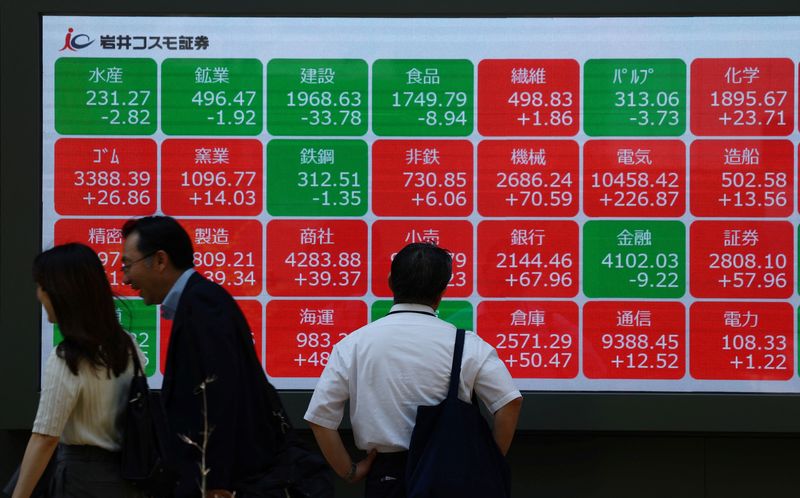








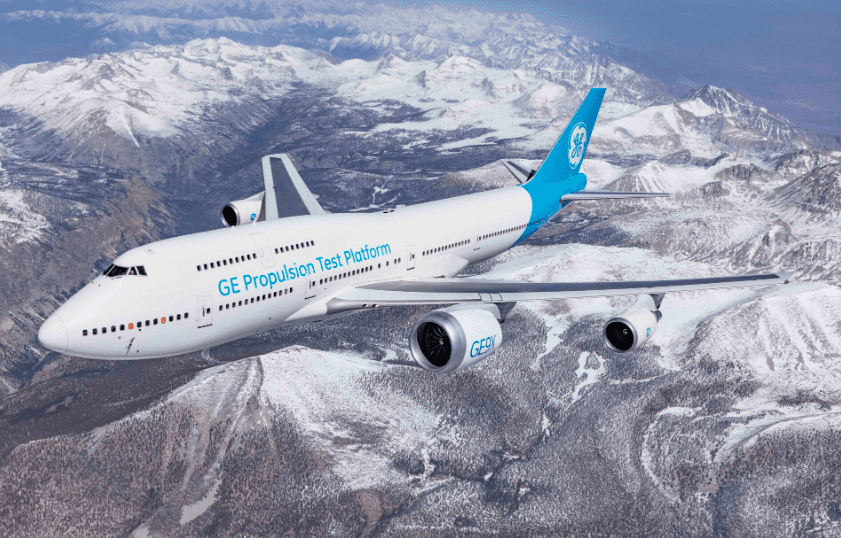

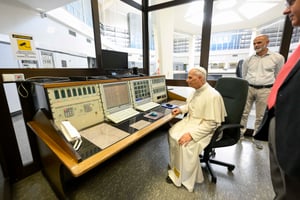
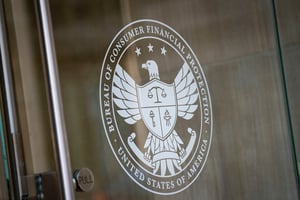




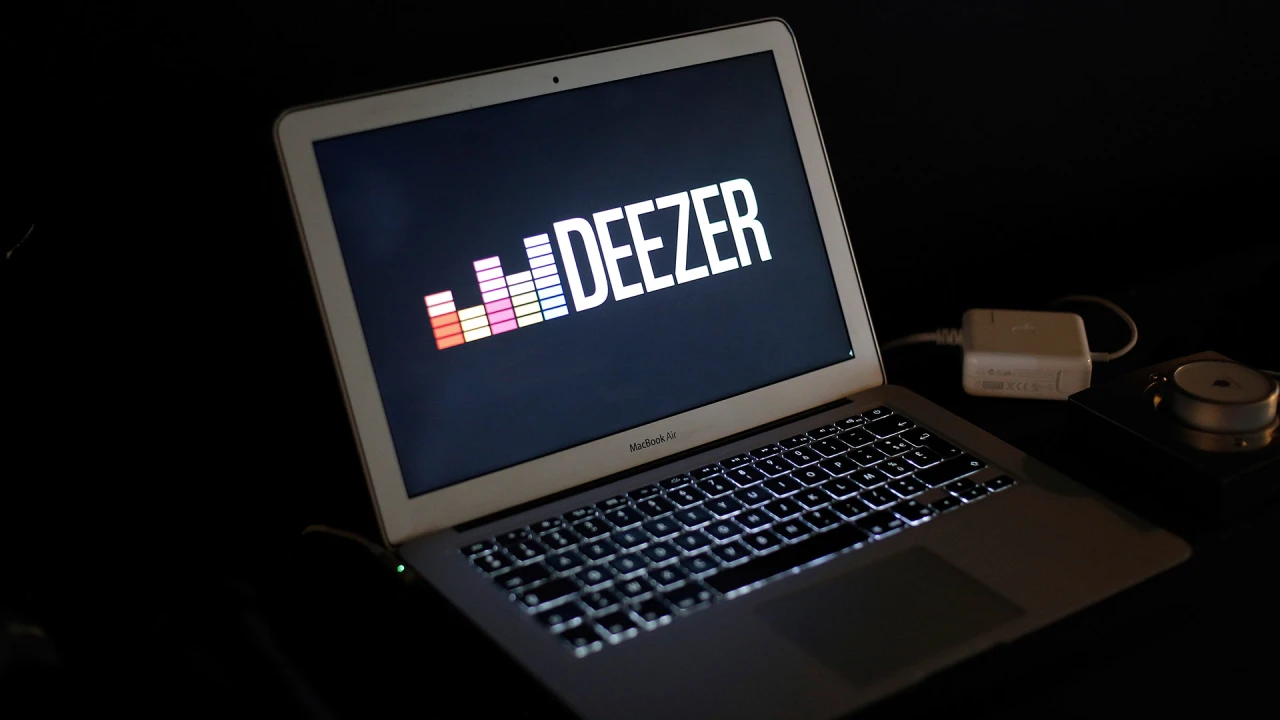


![[Weekly funding roundup June 14-20] VC inflow crashes to second lowest level for the year](https://images.yourstory.com/cs/2/220356402d6d11e9aa979329348d4c3e/WeeklyFundingRoundupNewLogo1-1739546168054.jpg)
































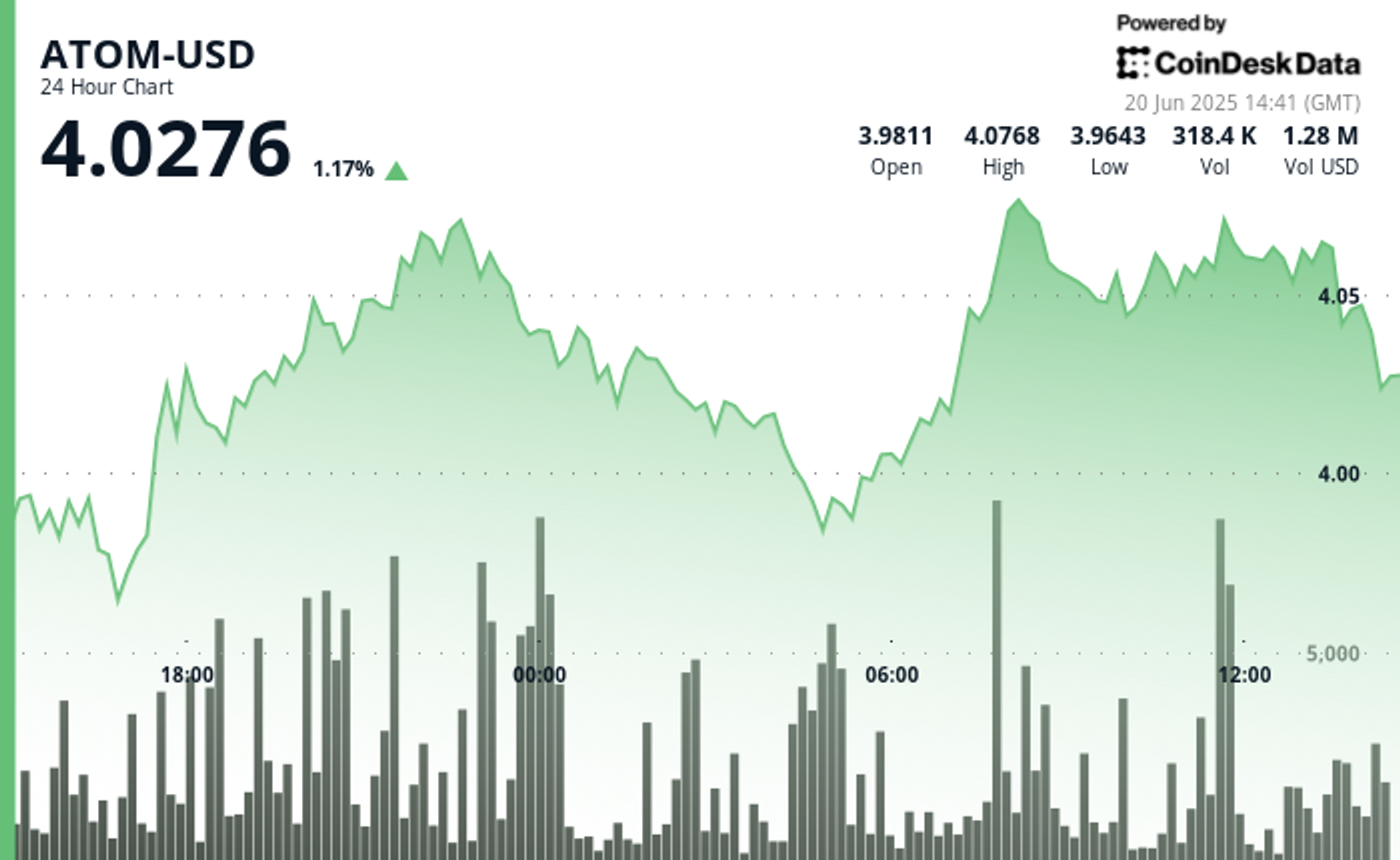


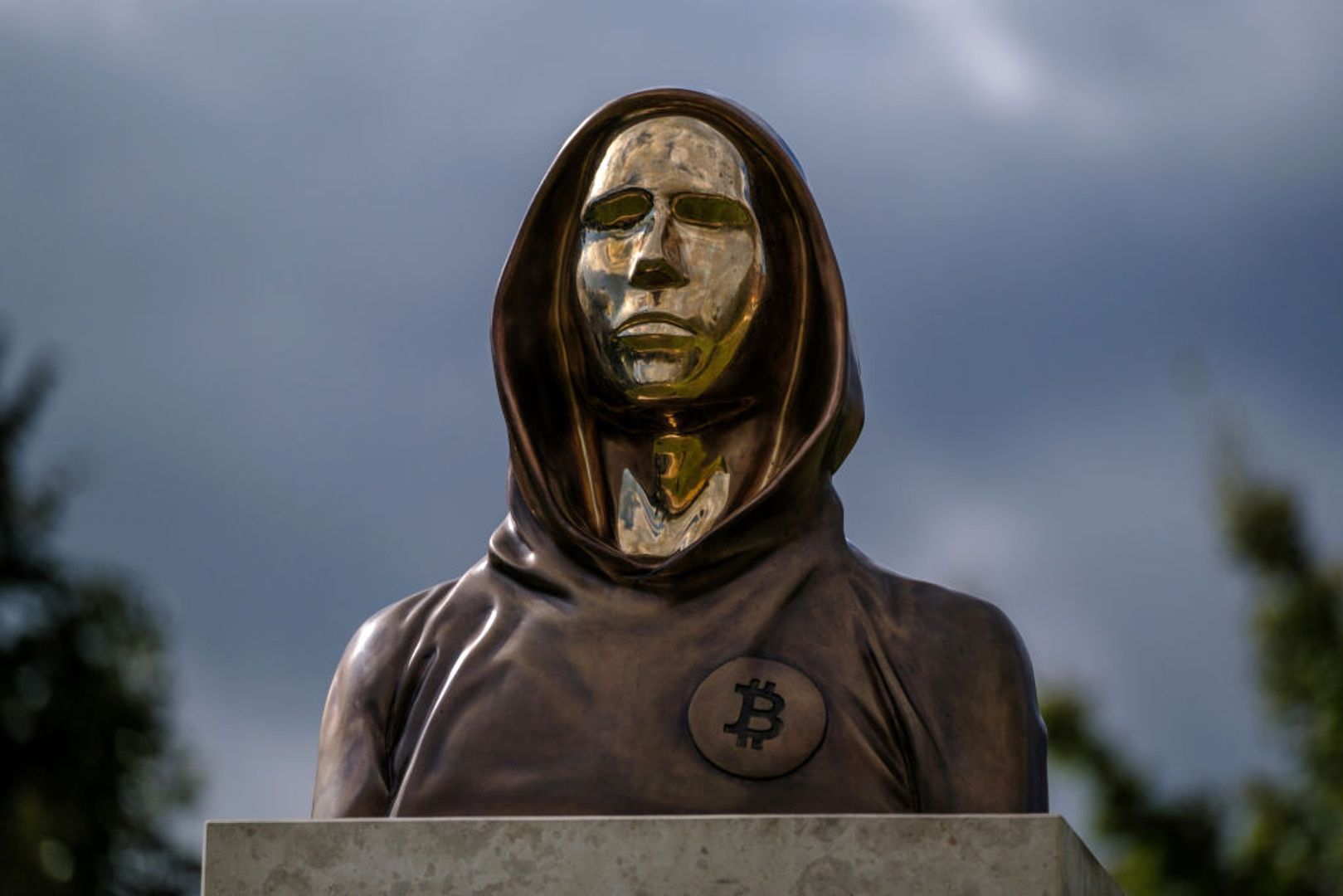
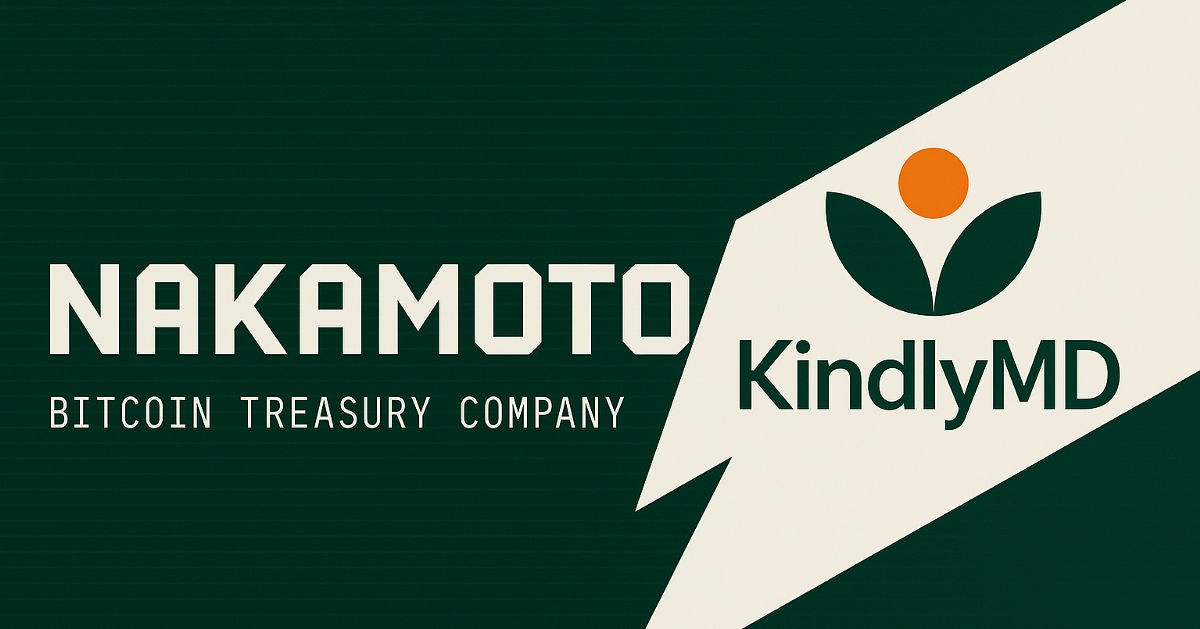
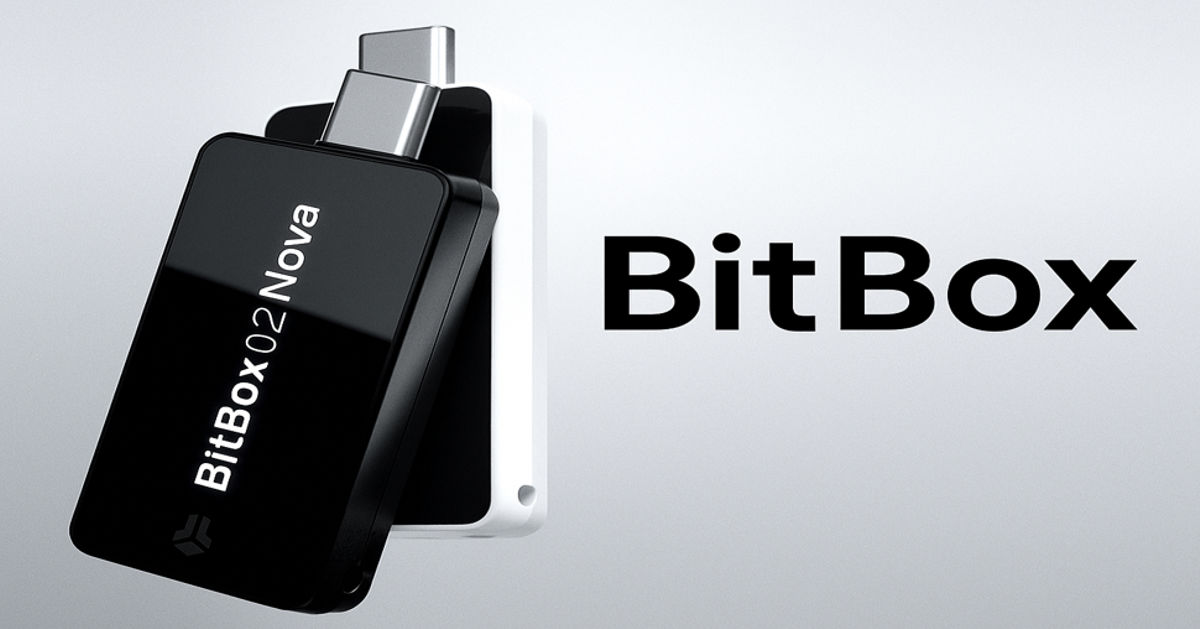








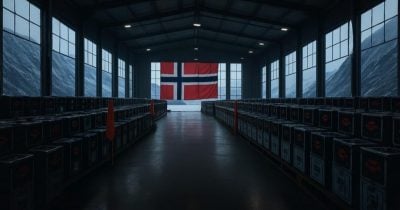




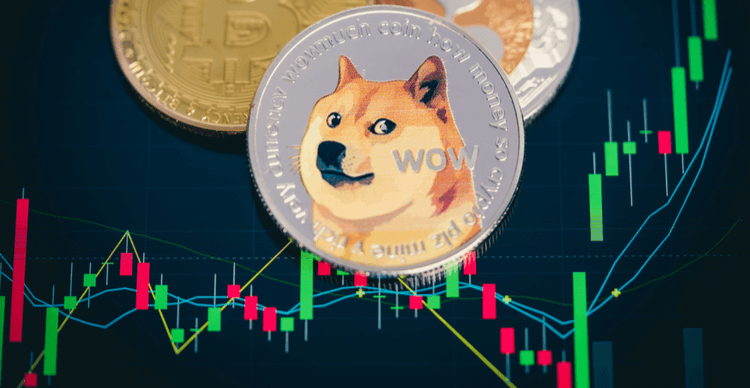






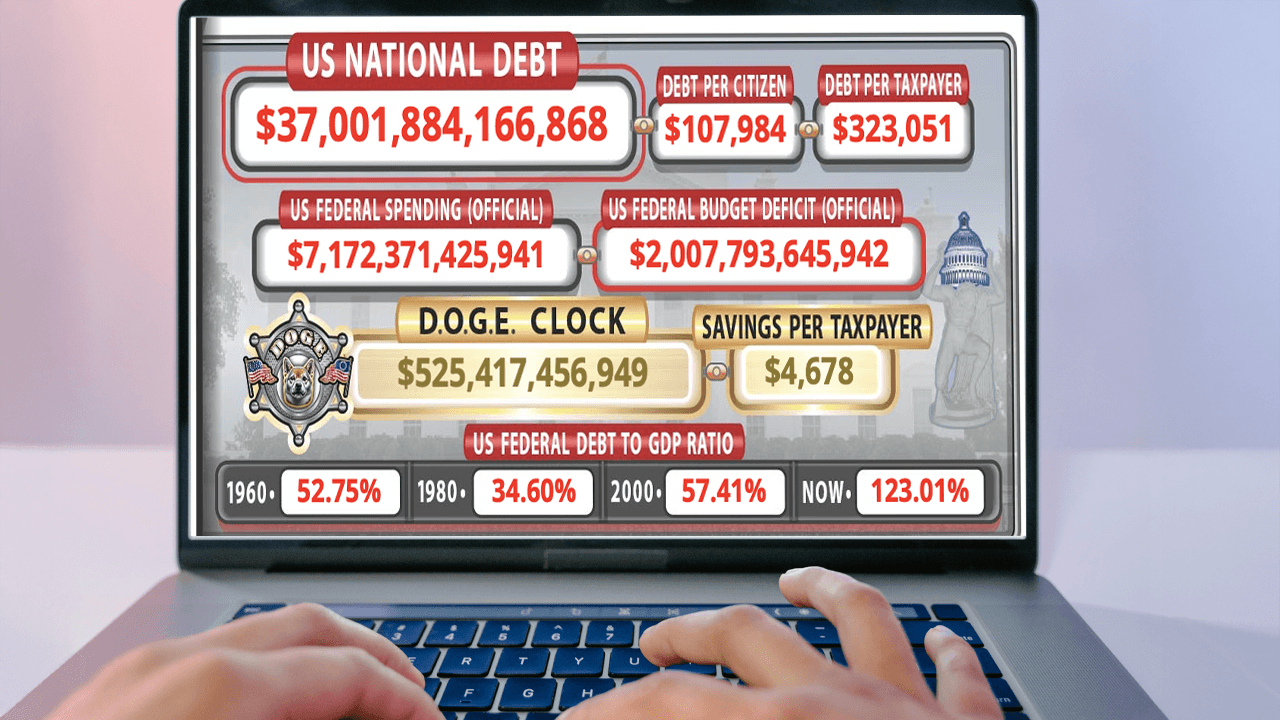
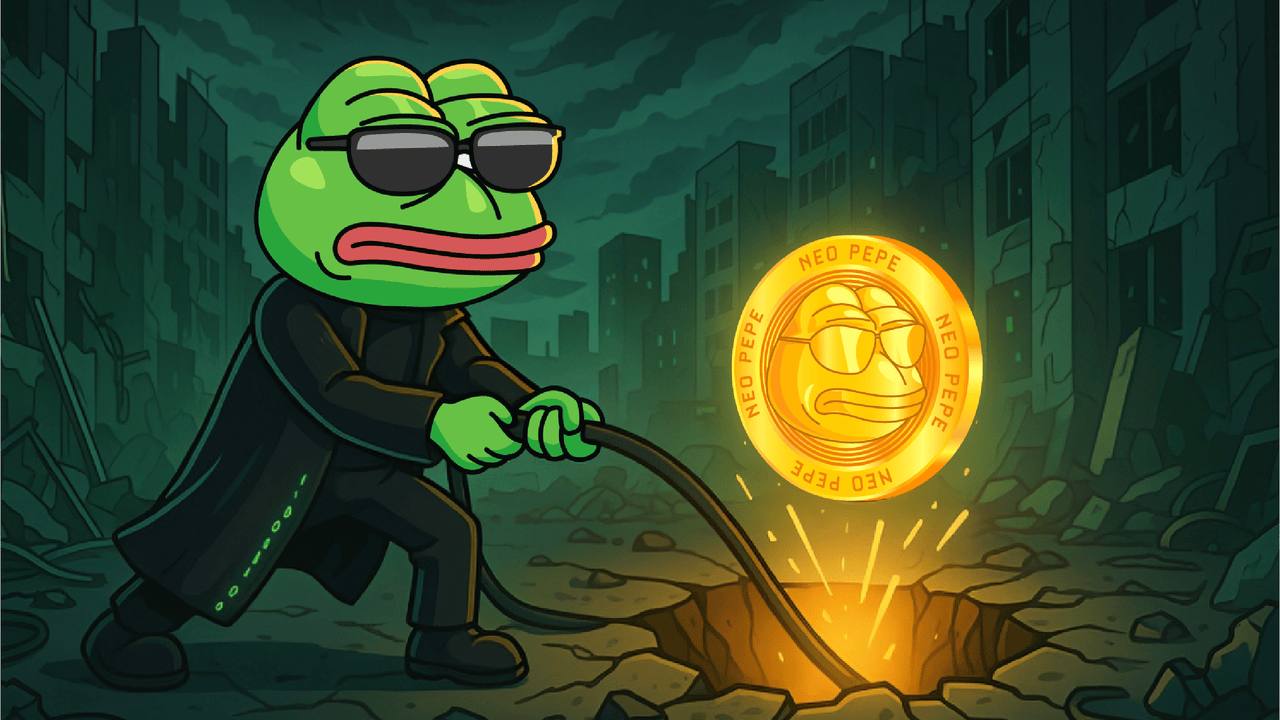
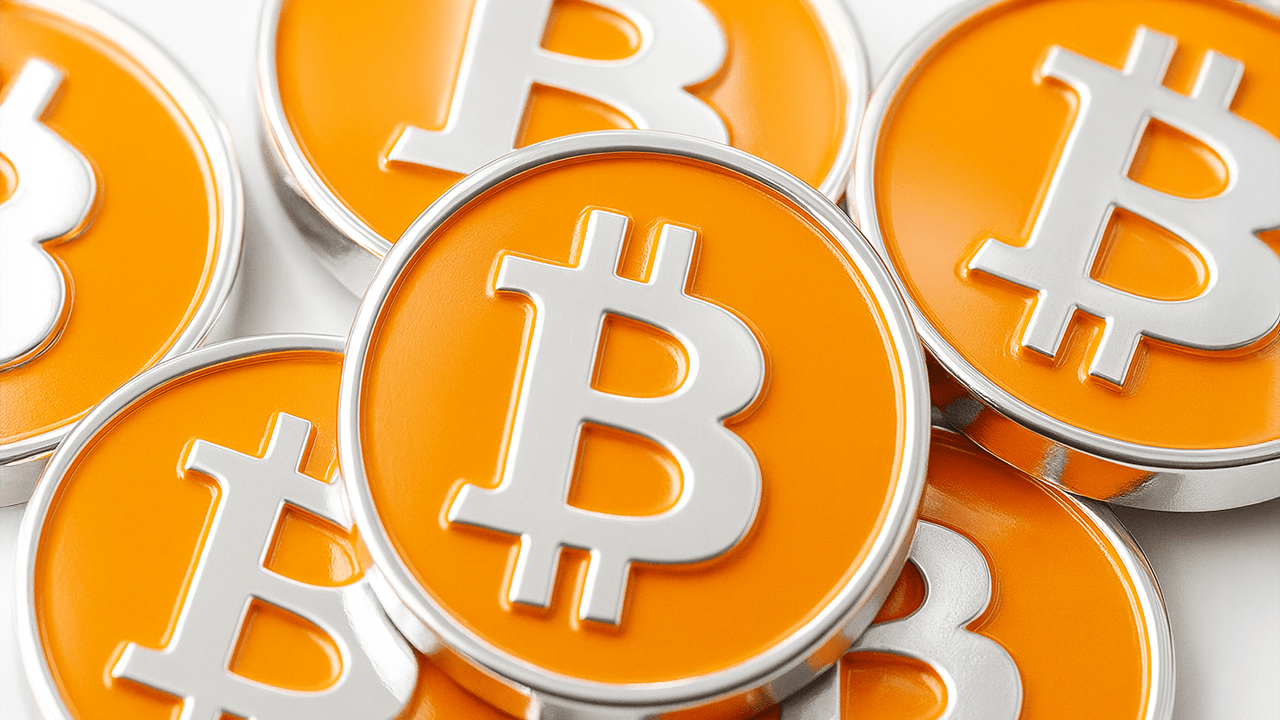
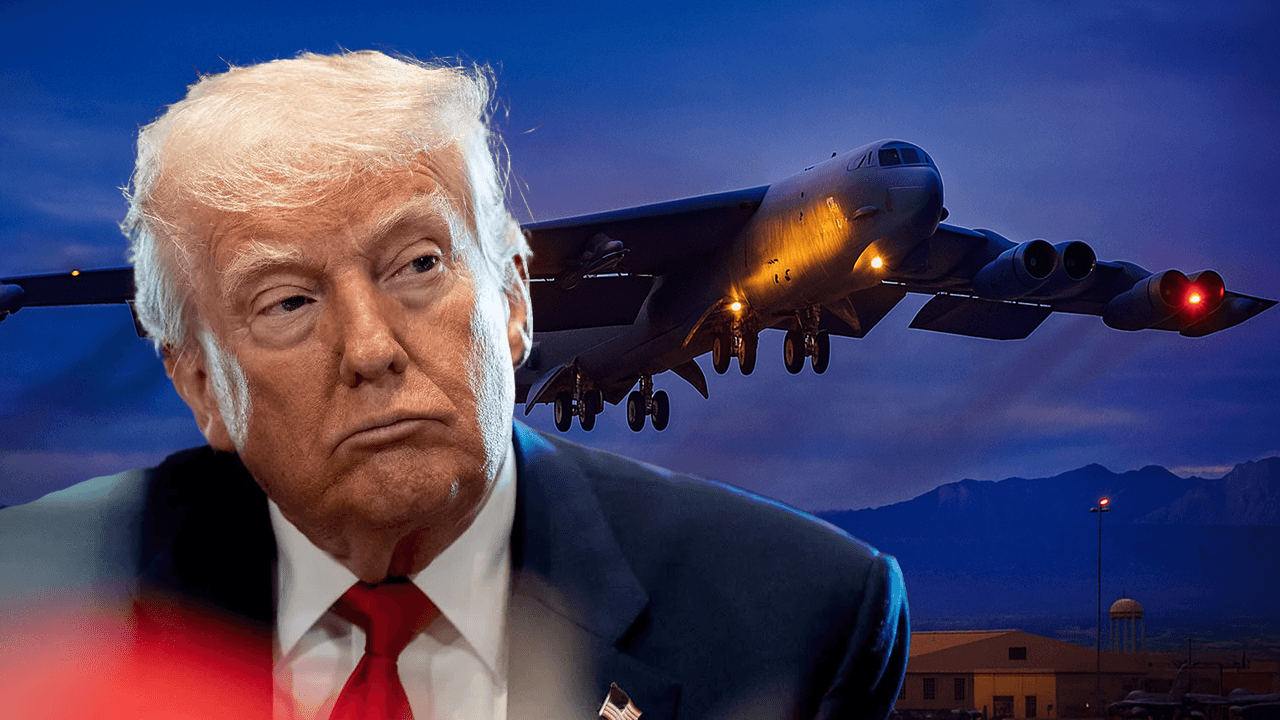




















































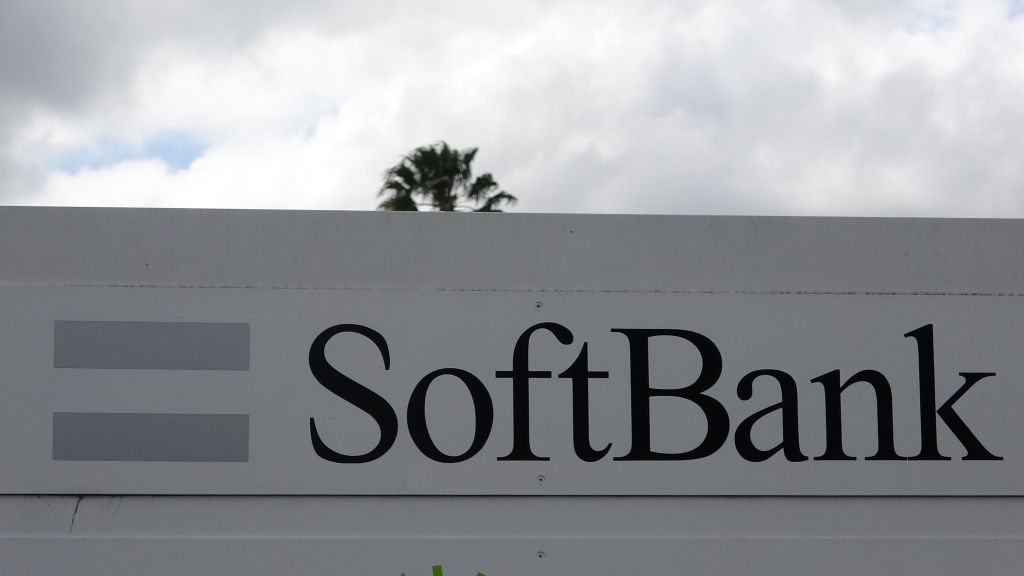




_.png)



















